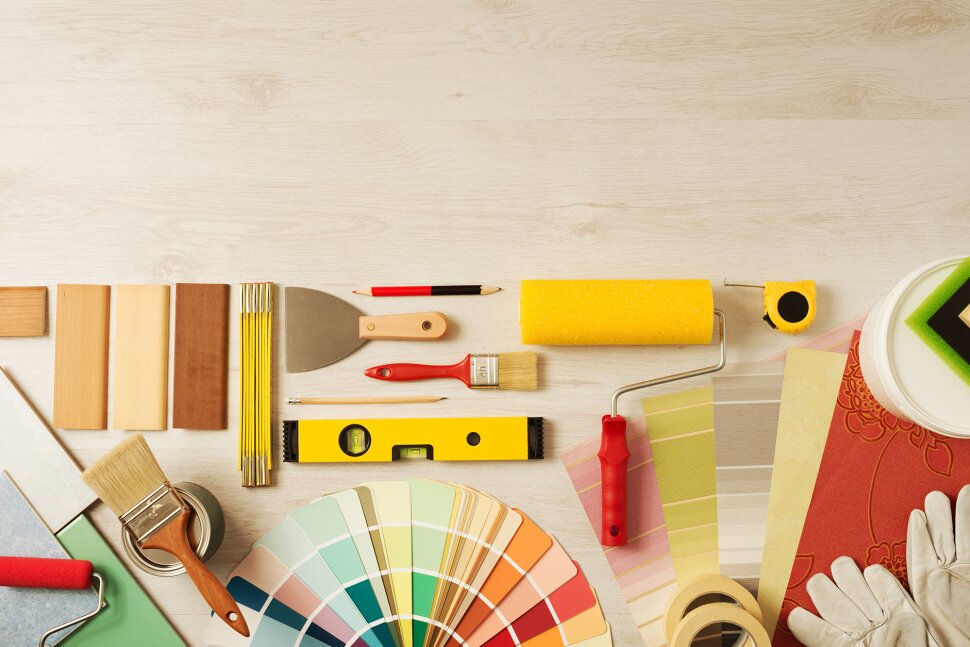Best Home Improvement Loans of 2024
A home improvement loan is a type of personal loan specifically designed to cover the costs of renovating, upgrading, or repairing a home. These loans are versatile and can be used for various projects, such as replacing HVAC systems or remodeling bathrooms. Typically, they come with fixed interest rates and monthly payments, allowing borrowers to repay the loan over a predetermined period.
Here are the key points about home improvement loans:
Pros:
- Fixed Payments: Personal loans usually have fixed interest rates, ensuring that monthly payments remain consistent throughout the repayment period.
- No Collateral: Most home improvement loans are unsecured, meaning borrowers don’t have to use their homes as collateral.
- Immediate Funding: These loans often provide quick access to funds, sometimes as soon as the next business day after approval, making them suitable for urgent projects.
- No Closing Costs: Unlike home equity financing, personal loans generally do not involve closing costs, which can save borrowers money.
Cons:
- Higher Rates: Since personal loans are typically unsecured, they may have higher interest rates compared to secured options like home equity loans.
- Fees: Some lenders charge origination fees, which can reduce the amount of money borrowers receive.
- Credit Requirements: Eligibility for personal loans depends on creditworthiness, including credit score and debt-to-income ratio. Borrowers with poor credit may face higher interest rates or struggle to qualify.
- Increased Debt: Taking out a loan adds to overall debt and means borrowers must make an additional monthly payment on top of existing obligations.
Types of Home Improvement Loans: Aside from unsecured personal loans, borrowers can also consider secured options like home equity loans and home equity lines of credit (HELOCs). These options may offer lower interest rates and longer repayment terms, but they require using the home as collateral.
Alternative Ways to Finance Home Improvements: Other financing options include cash-out refinancing, credit cards with introductory 0% APR periods, FHA Title 1 loans, and VA renovation loans.
How to Get a Home Improvement Loan:
- Check eligibility requirements and review your credit report.
- Determine the loan amount needed.
- Choose a suitable loan term based on project requirements.
- Prequalify with multiple lenders to compare rates.
- Apply for the loan and finalize details.
Considerations When Choosing a Lender: Evaluate eligibility requirements, loan amount, repayment terms, APR, and customer service when selecting a lender for a home improvement loan.
In summary, home improvement loans offer flexibility and convenience for financing renovation projects, but borrowers should carefully consider their options and financial circumstances before choosing a loan.
1. Home Improvement Loan Overview:
- A home improvement loan is a type of personal loan specifically tailored to cover the costs of renovating, upgrading, or repairing a home.
- These loans are particularly useful for homeowners who may not have sufficient equity in their homes to qualify for home equity loans or who prefer not to use their homes as collateral.
2. Types of Home Improvement Loans:
- Unsecured Personal Loans: These loans do not require collateral and are based solely on the borrower’s creditworthiness. They offer flexibility in loan amounts and terms but may come with higher interest rates.
- Home Equity Loans: Also known as second mortgages, these loans allow homeowners to borrow against the equity in their homes. They typically have lower interest rates than unsecured loans but require the home as collateral.
- Home Equity Lines of Credit (HELOCs): Similar to home equity loans, HELOCs also use the home as collateral but offer a revolving line of credit with variable interest rates.
3. Pros and Cons of Home Improvement Loans:
- Pros: Fixed payments, no collateral required, immediate funding, and no closing costs (in the case of personal loans). These loans offer flexibility and quick access to funds.
- Cons: Higher interest rates (for unsecured loans), potential fees, credit requirements, and increased debt burden.
4. Alternative Ways to Finance Home Improvements:
- Cash-Out Refinancing: This involves refinancing the existing mortgage for a higher amount, with the difference paid out as cash. It typically offers lower interest rates but increases the overall mortgage balance.
- Credit Cards: Some homeowners may use credit cards with introductory 0% APR periods to finance smaller renovations, but this method requires discipline to avoid accumulating high-interest debt.
- FHA Title 1 Loans: These loans, backed by the Federal Housing Administration, are designed for specific home improvements and have strict eligibility criteria.
- VA Renovation Loans: Offered to eligible military personnel and their families, these loans allow for financing home improvements as part of a home purchase or refinance.
5. How to Get a Home Improvement Loan:
- Check eligibility requirements and review credit report.
- Determine loan amount and term based on project needs.
- Prequalify with multiple lenders to compare rates and terms.
- Apply for the loan and finalize details.
6. Considerations When Choosing a Lender:
- Evaluate eligibility requirements, loan amount, repayment terms, APR, and customer service to select a reputable lender.





